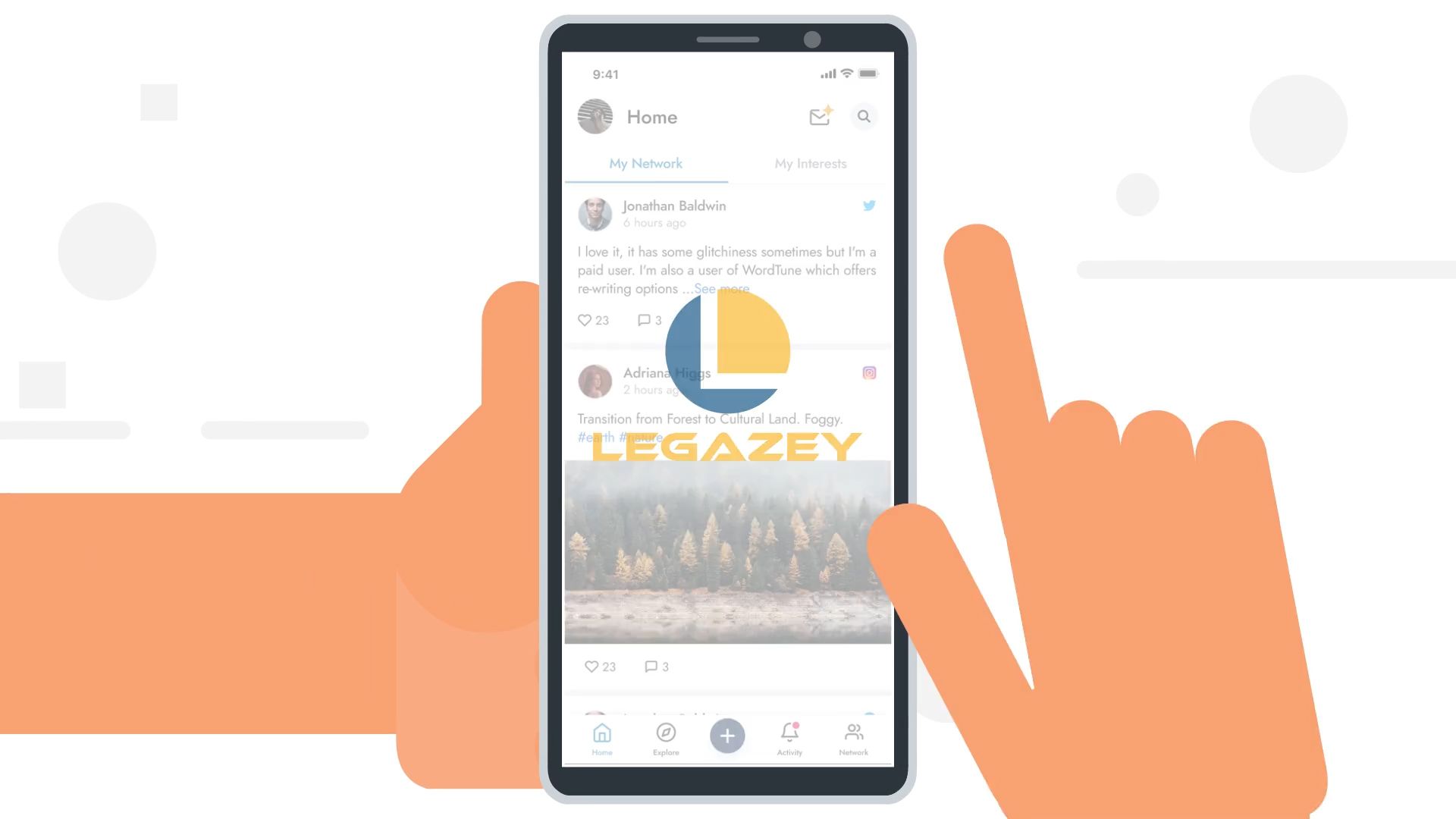
What Is a Minimum Viable Product?
Every great product starts out as an idea. However, a practical strategy is to consider how to best validate the idea without committing too much time, effort, or resources. That’s why it’s logical to create an MVP and to understand what it is, why you need it, and how to build one.
Table of Contents
Running a startup or building a product is never easy. According to Investopedia, 90% of all startups fail, with over 21% doing so in the first year alone. Entrepreneurs are eager to provide value for their customers and create a successful product around their idea. But it's challenging to turn an idea into a successful venture.
Some entrepreneurs assume that their product will solve a specific problem or will be superior to other existing solutions. If these assumptions fail, entrepreneurs and startups risk wasting resources and burning through cash.
One way to ease that process and ensure your business is on the right track is by building a minimum viable product (MVP). Yes, every great product starts out as an idea. However, a prudent strategy at the beginning is to think about how to best validate the idea without committing too much time, effort, or resources.
For this reason, the logical approach is to create an MVP. It’s important to understand what an MVP is, why you need it, and how to build one.
What Is an MVP?
An MVP is the first iteration of a product with core functionality and enough features to attract early users and validate the product idea. The goal is to get the product in front of users as quickly as possible in order to get early user feedback to improve the product.
Several major tech companies began as startups with an MVP. Airbnb is a prime example. It started with the founders offering their own apartment as short-term rentals to tech conference attendees. The same is true for Facebook, which started off as a social media site to connect Harvard students. Other notable examples include Dropbox, Foursquare, Groupon, and Amazon.
MVPs and prototypes are often confused for one another. However, it is essential to note that an MVP is not just a prototype. They are, in fact, part of the first phase in MVP development.
Why Do You Need an MVP?
An MVP’s primary objective is to rapidly transform your idea into a working product that offers immediate value at a low cost. With an MVP, you can use certain metrics to gain more insight into end users and the market you are trying to enter.
In addition, MVPs lay the groundwork for future versions of the project and help you decide whether to continue on the current path or pivot to something different. In some cases, MVPs can help spur investment by illustrating business potential.
The term MVP was coined and popularized in the book The Lean Startup by Eric Ries. The core methodology outlined in The Lean Startup focuses on building, measuring, and learning through feedback loops.
First, you need to figure out the problem to solve, then develop an MVP to establish the feasibility of the product as fast as possible.
The methodology further explains that information from initial users through specific metrics will hugely influence the impact of the MVP, the overhead cost, and the viability of the underlying idea. These will be channeled into creating the fully functional product.
How to Get Started with an MVP
Here are some pointers on how to build your MVP:
- UX & Market Research: Before starting any MVP, the first step to take is to conduct a feasibility study on your idea. You’ll also carry out market research here. One key reason why startups fail is they don’t have a product-market fit. Be sure to validate your idea and not just assume that your end users will like your product. See case study here.
- Design Sprint Workshop: An MVP implies creating something with minimal features, and that means deciding which ones to incorporate in the first version. Based on your key metrics, choose the most essential features that showcase your value proposition. Often, as your business grows, your predefined feature sets will become more relevant, but you will also be able to modify them based on your business goals. The output from this design work should include a high-fidelity clickable prototype that can be used to socialize the concept and get initial feedback. It can also be useful when seeking funding.
- MVP Development: In most cases, the MVP will be made publicly available to end users. This allows you to receive feedback directly from your users and incorporate this feedback into future versions.
The intended goal of your MVP is to obtain accurate feedback for each metric. You will need to figure out how to best apply what you've learned from the feedback to the next iteration of your product.

Building Your MVP with Salsita
At the core of every entrepreneur or startup lies an idea. An MVP helps you quickly develop a valuable business product with a coherent set of features.
Recruiting and hiring great developers is just the beginning. You should consider quality, dependability, and cost when developing your MVP.
Salsita Software development services specialize in taking your MVP to the next level. We provide an agile team and cost-effective software development process for your MVP.
Get in touch with Salsita for your MVP today.











